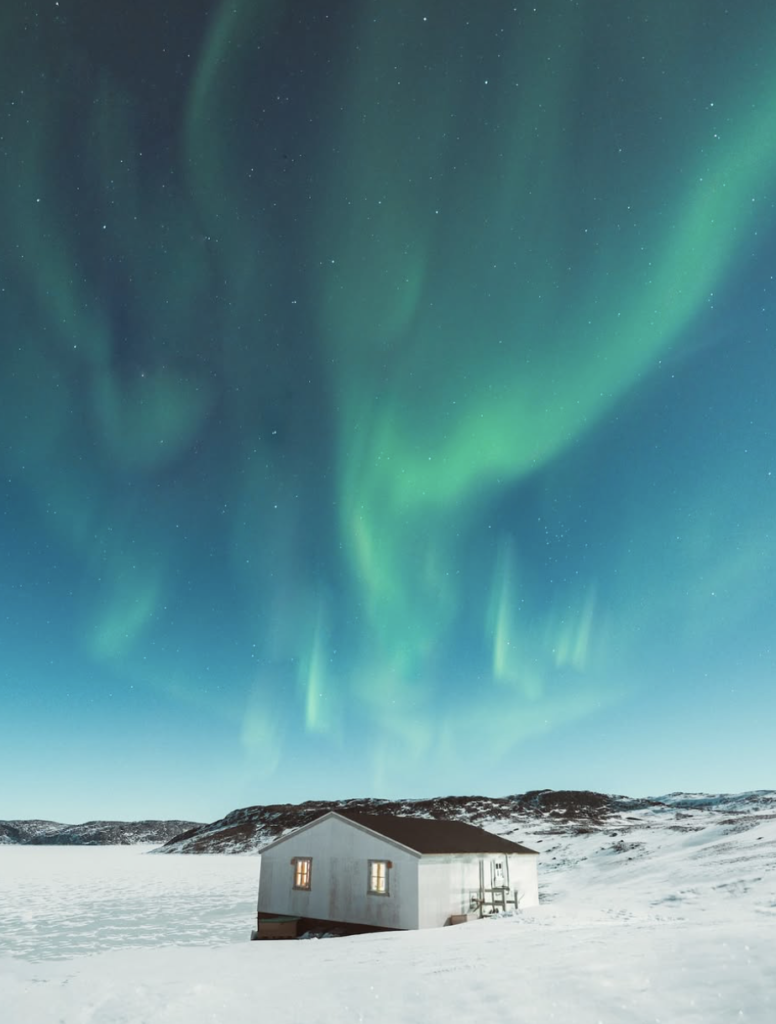Many people will have wondered why Donald Trump keeps saying that Greenland will come under US control. The reason is simple and even intuitive, but those who don’t know the Arctic country can’t know what’s going on. So there remains a curiosity to be satisfied: what is the reason for so much interest in a territory that covers over 2 million km² and has a population of just 57,600? The least densely populated nation on Earth is known for its expanses of ice, but it attracts many for what cannot be seen, that is the subsoil. Because it is rich in minerals and, in particular, in the object of desire of all contemporary governments: rare earths.
The invisible wealth that everybody wants
Experts estimate that Greenland has about 20% of the world’s rare earth reserves under its ice, thanks in part to the Kvanefjeld site in the south of the island, recognised as the world’s largest deposit of these highly sought-after metals. Among the 17 that complete the list of rare earths, yttrium, scandium, neodymium, and dysprosium are abundant on the world’s largest non-continental island. These are materials used for LED screens, electric motors, and wind turbines, as well as light alloys used in the aerospace industry to improve the thermal resistance of permanent magnets used in green vehicles.
Furthermore, according to the Geological Survey of Denmark and Greenland (GEUS), the island possesses more than 36 million tonnes of rare Earth, including significant quantities of graphite (6 million tonnes), lithium (235,000 tonnes) and copper (106,000 tonnes).
This brief overview is enough to understand why the United States wants to annex a territory that belongs to Denmark, even if, after the 2008 referendum, the local government assumed legislative and judicial powers and the management of natural resources. The Danes, on the other hand, have maintained control over finances, foreign policy and military defence, continuing to provide a substantial annual subsidy to their neighbours who live on the ice.
Chinese domination accelerates the global race
The interest of the United States and other countries, such as the United Kingdom and Australia, in rare Earth is driven by the unchallenged dominance of China, which controls more than 70% of global production. It is no coincidence that with the exception of Tesla, the main companies dedicated to the production of electric cars and batteries (from BYD to CATL) are Chinese. With global demand set to increase year after year, these metals will become increasingly valuable and strategic for dominating numerous industrial sectors.
An example of what we will see took place between 2020 and 2022, with the total value of rare earths used annually for the ecological transition quadrupling. Moreover, estimates for 2035 describe increases of more than ten times.
This is why Greenland suddenly became a land that aroused the interest of all the great powers. This is so much so that among the companies that have entered into agreements with the local government to carry out research in the subsoil are British, Canadian, Australian, Danish, and even some from the Czech Republic and India. The European Union has also signed an agreement with Greenland because the need to secure sources of critical metals to reduce dependence on Beijing is a priority. For the United States, the situation appears even more critical if it is true that, according to some local government representatives, Greenland possesses 39 of the 50 minerals that the Americans have classified as critical for national security and future economic stability..




The difficulties of extraction in Greenland
However, there is an enormous barrier to overcome for anyone who wants to transform the territory located in the far north of the Atlantic Ocean because, despite the local government’s openness to mining trade agreements, there are several problems to overcome before the desired results can be achieved. In addition to the serious environmental consequences that will affect the territory, such as pollution and changes to wildlife, the morphology of the territory combined with the changes taking place on the island – due to global warming that fills the ocean with ice floes complicating the movement of boats – are risks that must be carefully evaluated not to mention the widespread presence of permafrost in various parts of the island, which thaws as temperatures rise.
As geologists point out, these phenomena make the construction of roads, bridges and even houses and services for the workers to be imported into the country (where very few people are engaged in such activities) difficult and financially costly. Last but not least is the pollution caused by minerals, as burning fossil fuels in the way ships produce soot settles on the ice, darkening the surface and attracting more sunlight, accelerating the melting of the Greenland ice cap.
Therefore, the idea of extracting the necessary resources for a cleaner planet in the future from this place appears in many ways to be a difficult and not very convenient undertaking. However, as history shows, these aspects could take a back seat to the need to find immediate solutions, or presumed solutions, capable of satisfying the aims of the powerful and their followers.



